Unveiling the Shades of Transition Lenses: Common Issues and How to Overcome Them

Transition lenses, also known as photochromic lenses, have revolutionized the eyewear industry with their ability to adapt to changing light conditions. These innovative lenses automatically darken when exposed to UV light and lighten when indoors or during low light situations. They offer convenience and protection, eliminating the need for carrying multiple pairs of eyeglasses. However, like any technology, transition lenses are not without their drawbacks. In this blog, we will explore some of the common issues people may encounter with transition lenses and provide insights on how to overcome them.
1.Slow Transition Speed:
One of the most frequently reported issues with transition lenses is the speed at which they transition between dark and clear states. Some users find that the lenses don't adapt quickly enough when moving from indoor to outdoor settings or vice versa. While advancements in lens technology have reduced this problem significantly, certain environmental factors can still impact the speed of transition.
Solution: Be patient! Transition lenses are designed to adapt to light conditions gradually. In extreme cases, you can consider using a separate pair of sunglasses in high-intensity light situations.
2. In-Car Performance:
Many users find that transition lenses do not darken effectively inside a car. While car windshields are designed to block harmful UV rays, they can hinder the photochromic reaction in the lenses, preventing them from darkening fully.
Solution: Consider purchasing prescription sunglasses specifically for driving. Alternatively, you can opt for polarized sunglasses, which provide excellent glare reduction while driving, irrespective of the UV-reactive properties. A solution that is the best of everything is getting transition retroactive polarized. This get darker in the car and also is a polarized lens.
3. Transition Delay Indoors:
Some individuals experience a noticeable delay in the transition lenses returning to their clear state after coming indoors from bright sunlight. This delay can be bothersome, particularly when moving between indoor and outdoor environments frequently.
Solution: When transitioning indoors, you can remove your eyeglasses momentarily to speed up the process. Alternatively, if you are not in a hurry, give your lenses a few minutes to adjust naturally.
4. Durability and Longevity:
Over time, the photochromic properties of transition lenses may deteriorate, leading to reduced performance. Scratches and damage can also affect the lenses' effectiveness.
Solution: To prolong the life of your transition lenses, handle them with care, and keep them in a protective case when not in use. Again, the newer photochromatic upgrades reduce this problem significantly.
Transition lenses have transformed the eyewear experience for many individuals, providing a seamless transition between indoor and outdoor vision. While they do have some limitations, understanding these common issues and adopting practical solutions can help you enjoy the benefits of transition lenses to the fullest. Remember that no eyewear solution is perfect for all scenarios, and having a backup pair of sunglasses tailored for specific situations can complement your transition lenses effectively. As technology continues to advance, we can expect further improvements in the performance and reliability of transition lenses, making them an even more desirable option for eyewear enthusiasts.









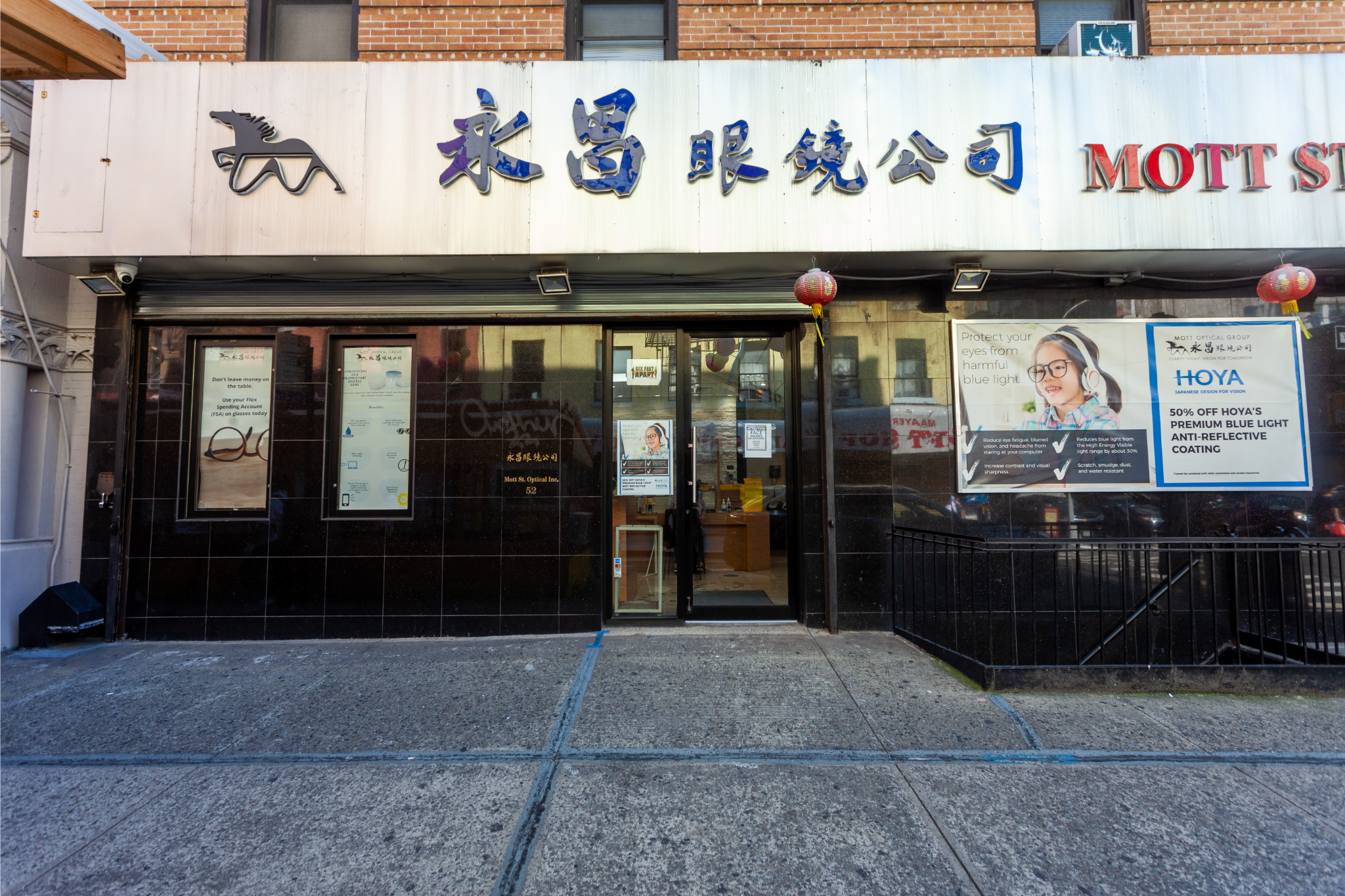
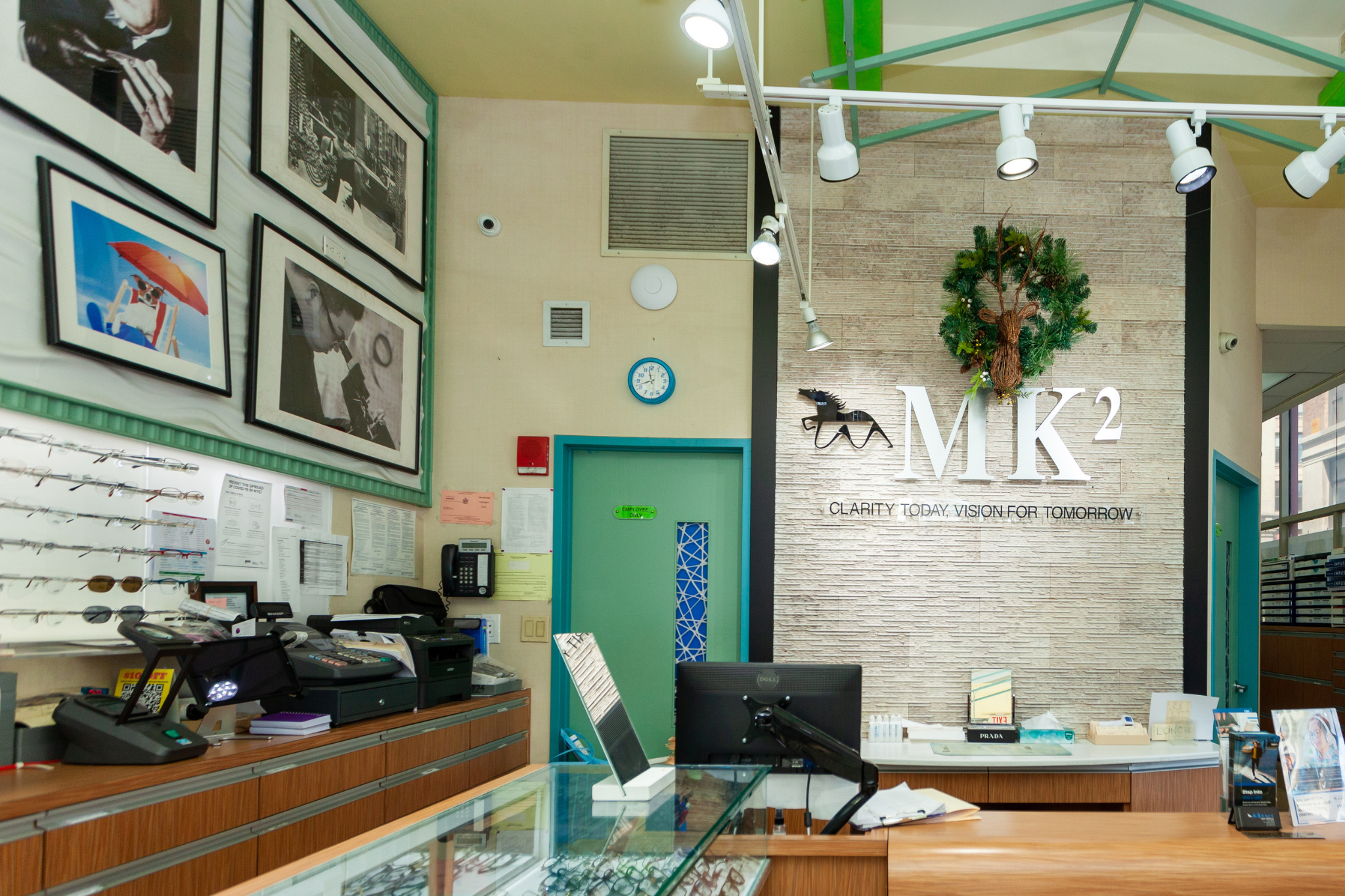
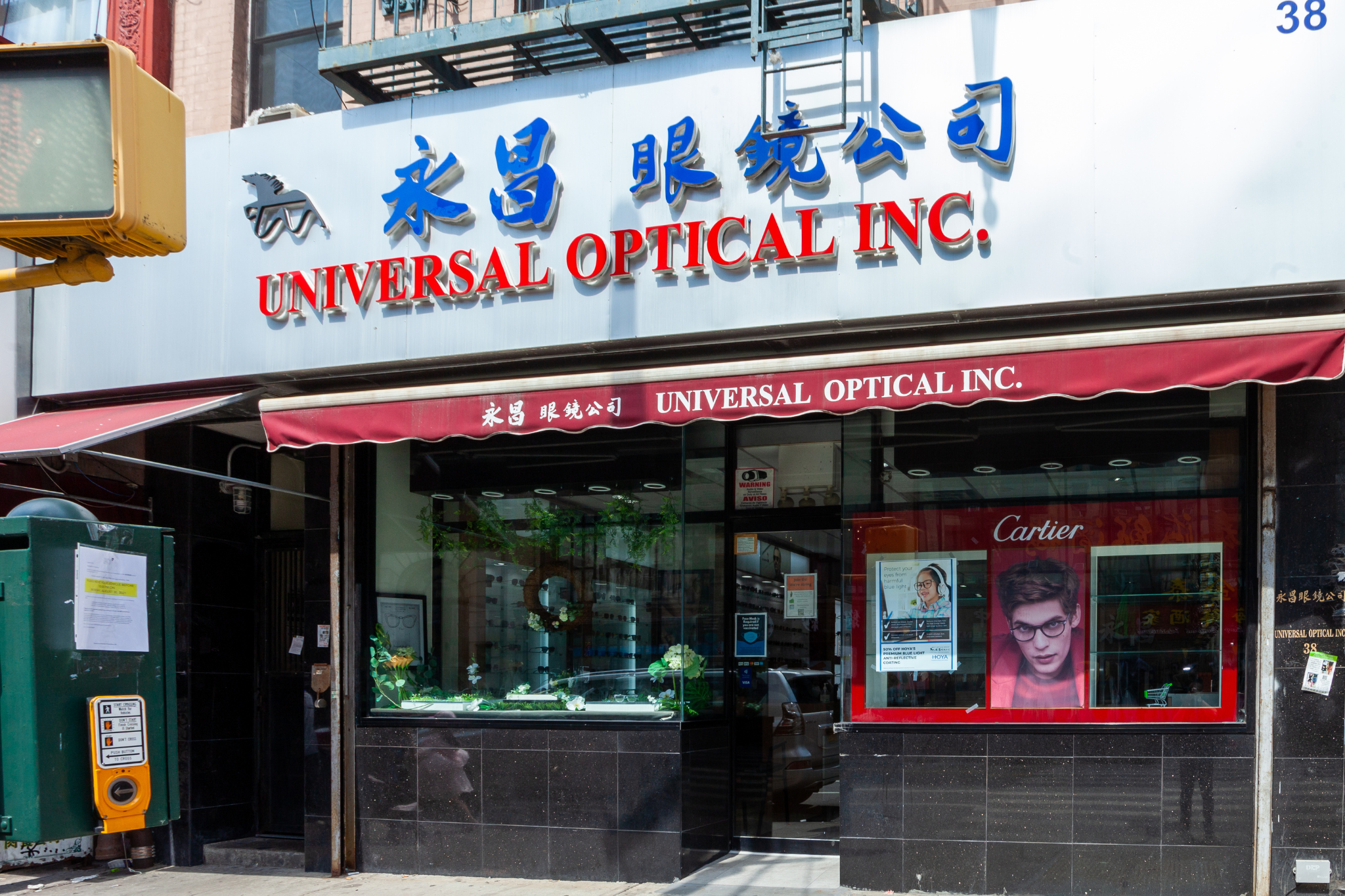
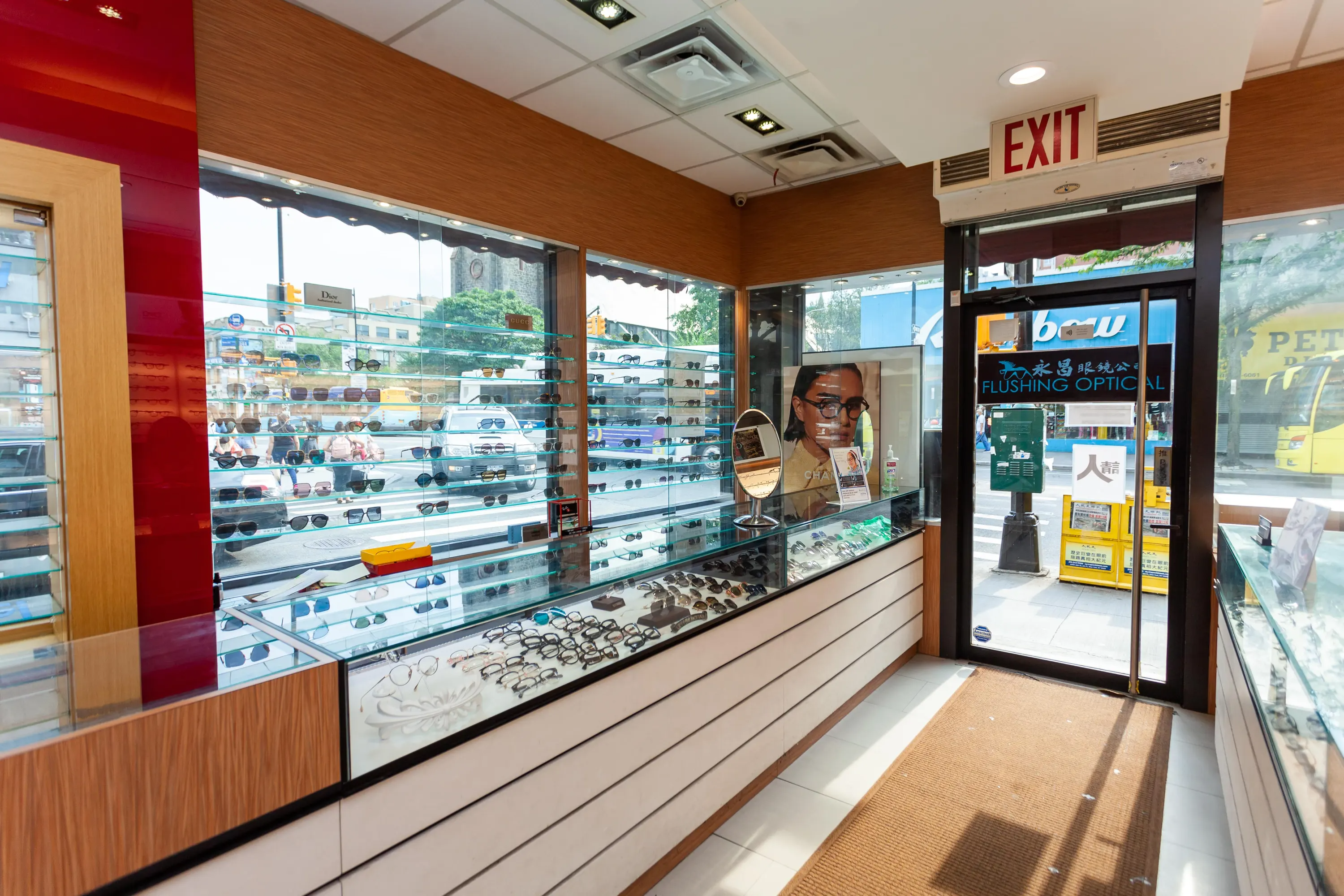
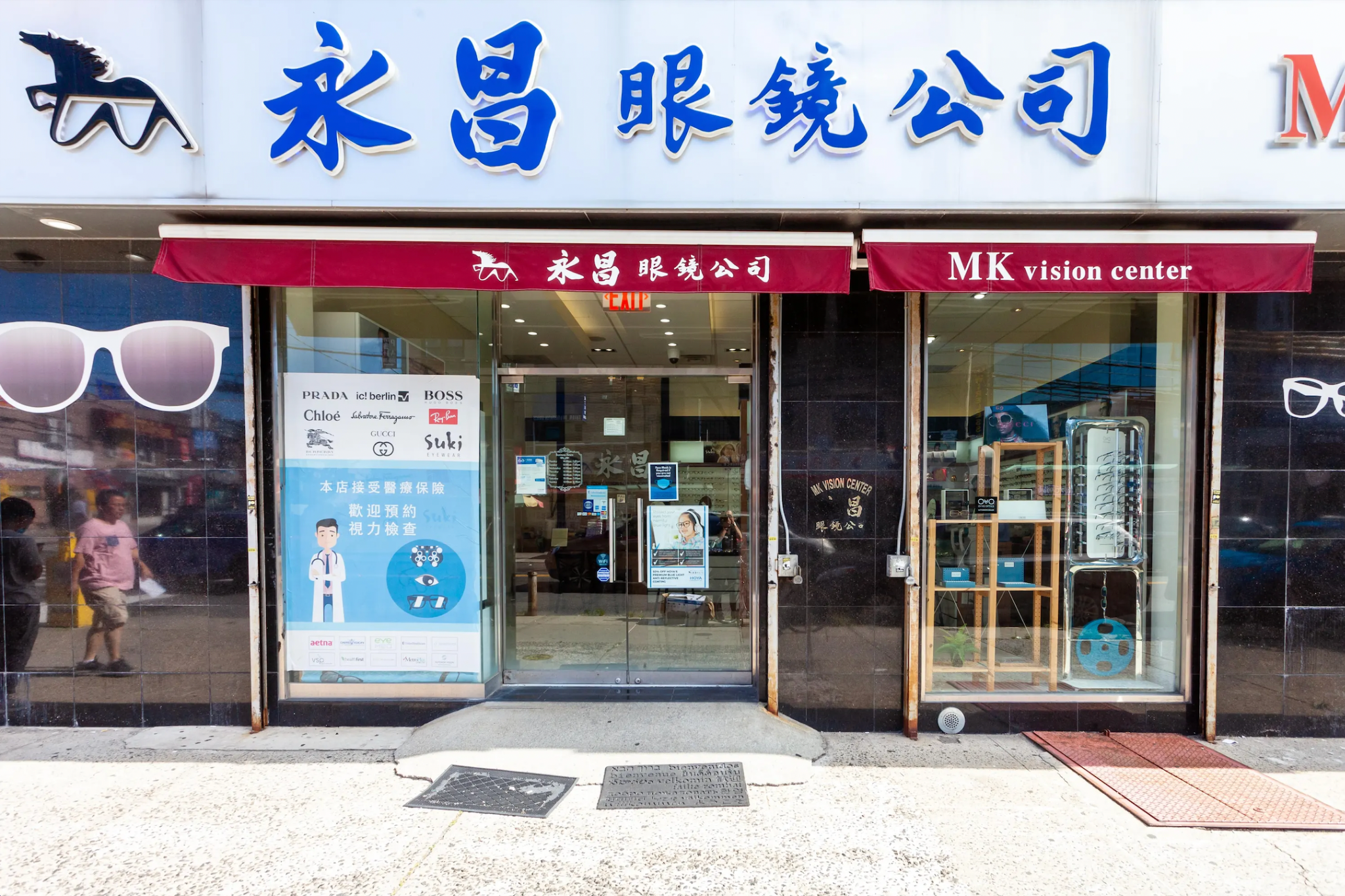
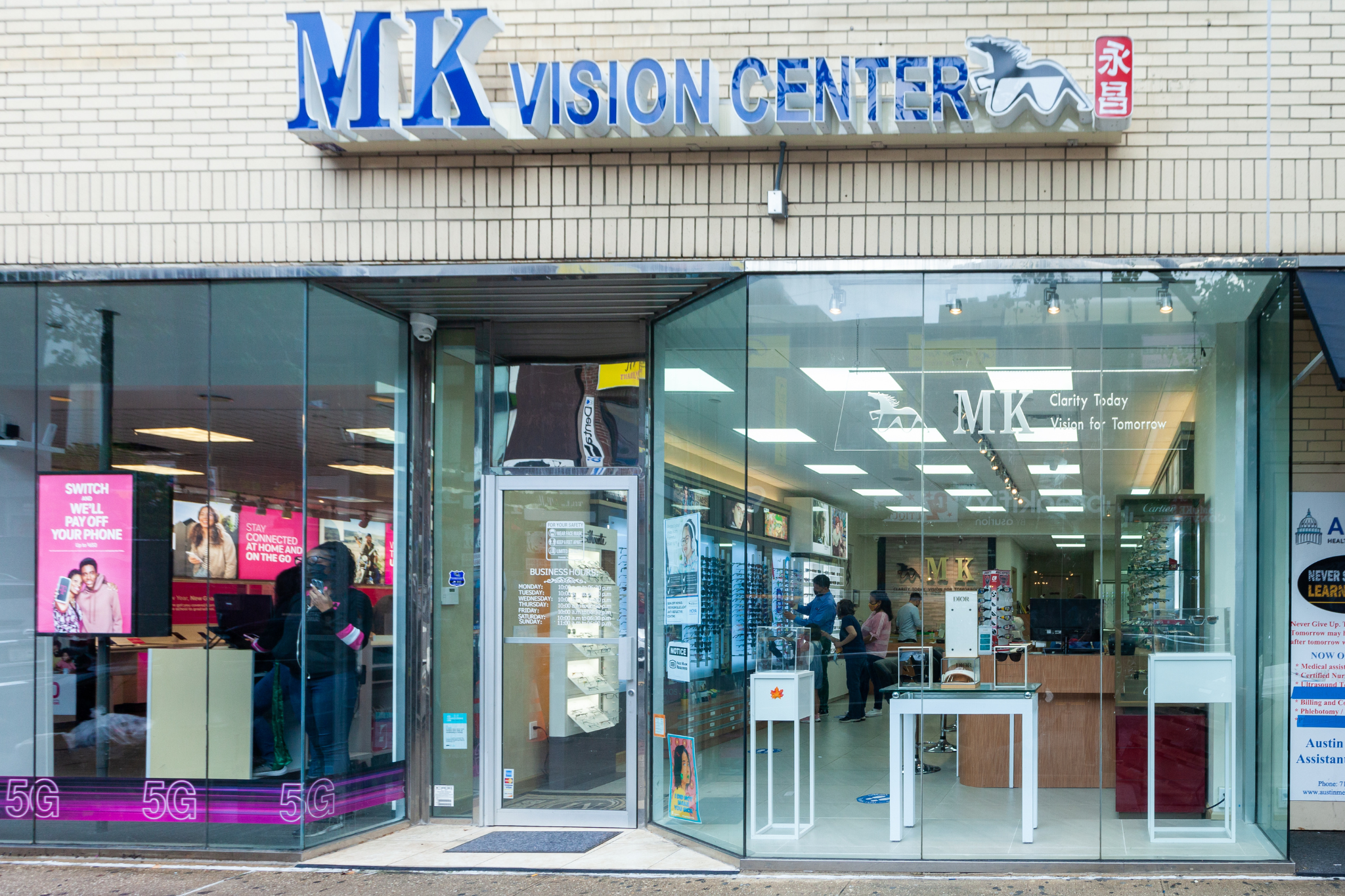
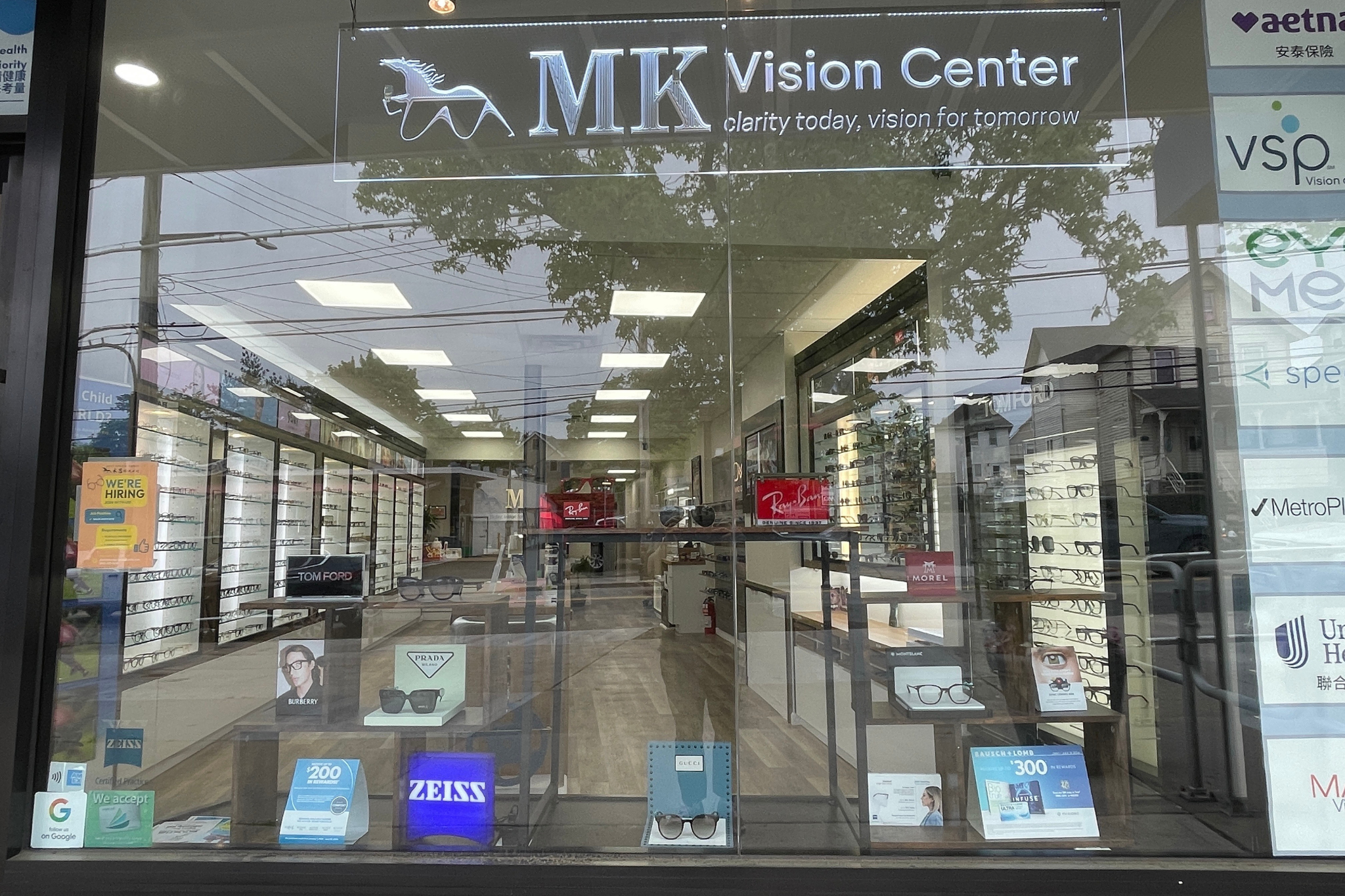



Leave a comment